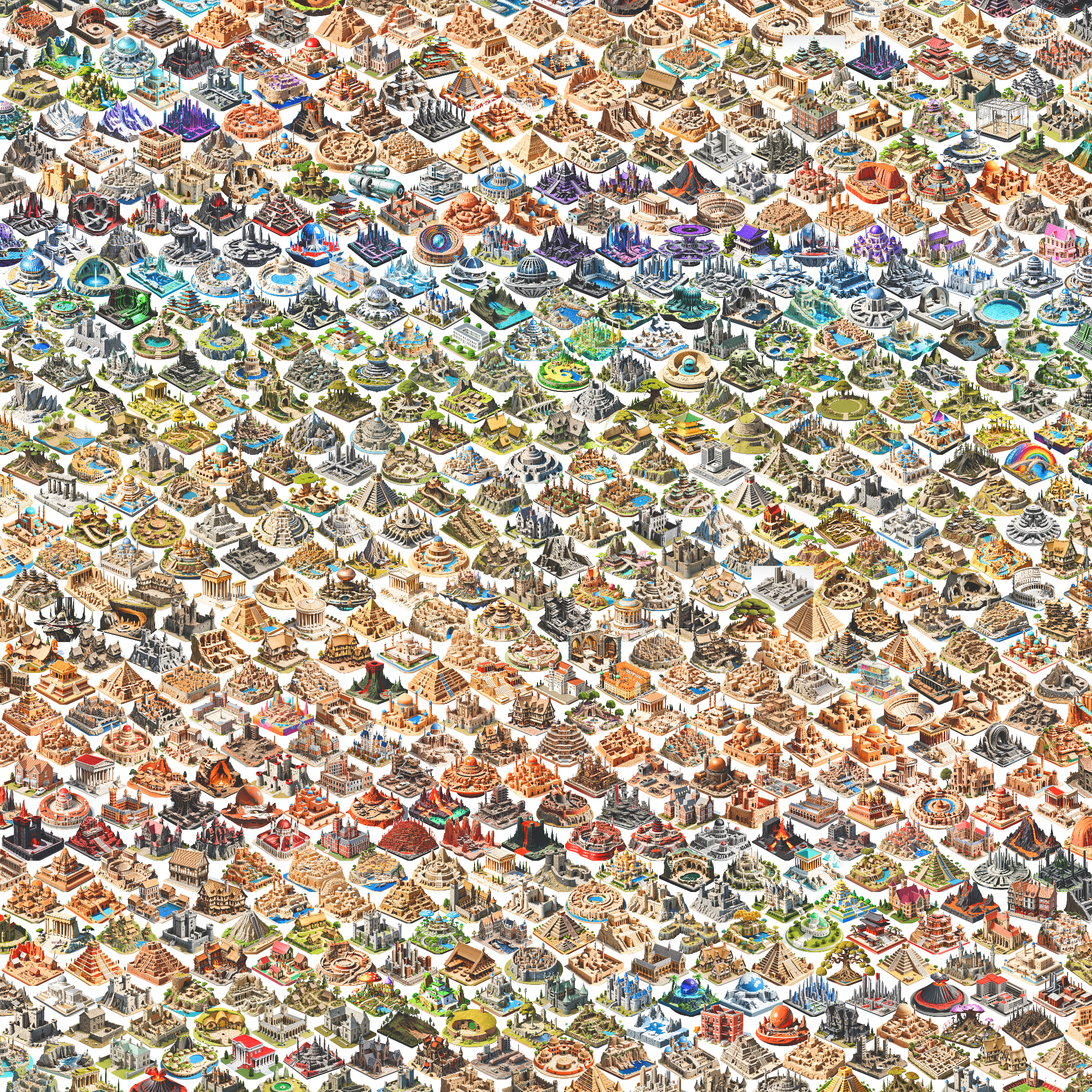Network of Imaginary Places
Abstract
This study presents a novel AI-driven framework for quantitatively analysing imaginary places across diverse media, ranging from fantasy literature to video games. By harnessing large language models (LLMs) to expand and annotate an initial dataset of thousands of imaginary places, we transform qualitative narrative descriptions into structured, numerical representations that can be compared.
Using Sentence Transformer models and Principal Component Analysis (PCA), we extract latent embeddings that reveal underlying architectural and narrative archetypes—such as fortified urban centres, royal citadels, and exotic island settlements. These findings not only validate known tropes in world-building but also offer novel insights into the interplay between narrative, space, and visual aesthetics. The proposed methodology provides a novel framework for both academic inquiry and practical applications in creative design and world-building.

